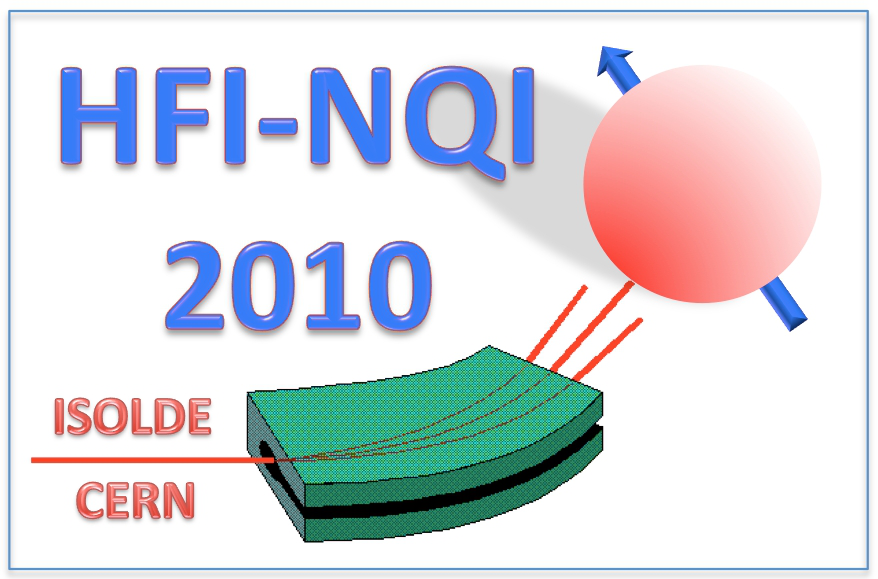Speakers
Description
Summary
Hyperfine interactions and, in particular, electric field gradients (EFG), constitute a very sensitive tool to investigate the local environment of probe nuclei. Their measurement using Perturbed Angular Correlation (PAC) spectroscopy can provide detailed information on structural and electronic properties. In a well defined single-phase crystal with known lattice structure the interpretation of such measurements is usually not too difficult. But, in more complicated cases, such as multi-phase samples or systems with several crystallographic sites, the interpretation of the various EFG fractions is by no means straightforward. Arguments based on point charge summations or symmetry considerations may fail, since the chemical nature of the impurity causing structural distortions of its neighborhood is not taken into account. To unravel these complex cases, a realistic theory which models different structural and electronic scenarios is mandatory.
In the last decade, a systematic study of the EFGs of 181Hf→181Ta and 111In→111Cd probe nuclei in the full series of hafnium and zirconium aluminides has been carried out [1]. Recently, successful attempts have been made in the compounds Zr4Al3 and Hf4Al3 to assign the EFGs of 181Hf→181Ta probes to the possible lattice sites and even to distinguish among the lattice structures deduced from X-ray diffraction. Indeed, these EFGs have given evidence of substitutional Zr/Hf sites [2], as confirmed by calculations using the full-potential augmented plane wave + local orbitals formalism (APW+lo).
The present work addresses the more complicated problem of which lattice sites 111In→111Cd probes prefer in these aluminides. Evidently these probe atoms are different from the constituents of the aluminides. We report here on a theoretical and experimental study of the quadrupolar hyperfine interactions of ion-diffused 111In→111Cd probes in polycrystalline isostructural (Zr/Hf)4Al3 samples containing small admixtures of the phases (Zr/Hf)3Al2. Strong preference of 111In solutes for the (Zr/Hf)3Al2 minority phases was observed. Detailed calculations of the EFGs and energetic considerations using the APW+lo theory allowed us to assign unambiguously the observed four EFG fractions to the various lattice sites of 111In→111Cd in (Zr/Hf)3Al2 and to explain the preferential site occupation of 111In in the minority phases.
References
[1] P. Wodniecki, A. Kulińska, B. Wodniecka, M. Uhrmacher, and K. P. Lieb, Hyperfine Interact. 158, 339 and 429 (2005), and references given there.
[2] P. Wodniecki, A. Kulińska, B. Wodniecka, S. Cottenier, H. M. Petrilli, M. Uhrmacher, and K. P. Lieb, Europhys. Lett. 77, 43001 (2007).
| Please specify whether you would prefer an oral or poster contribution. | oral |
|---|
